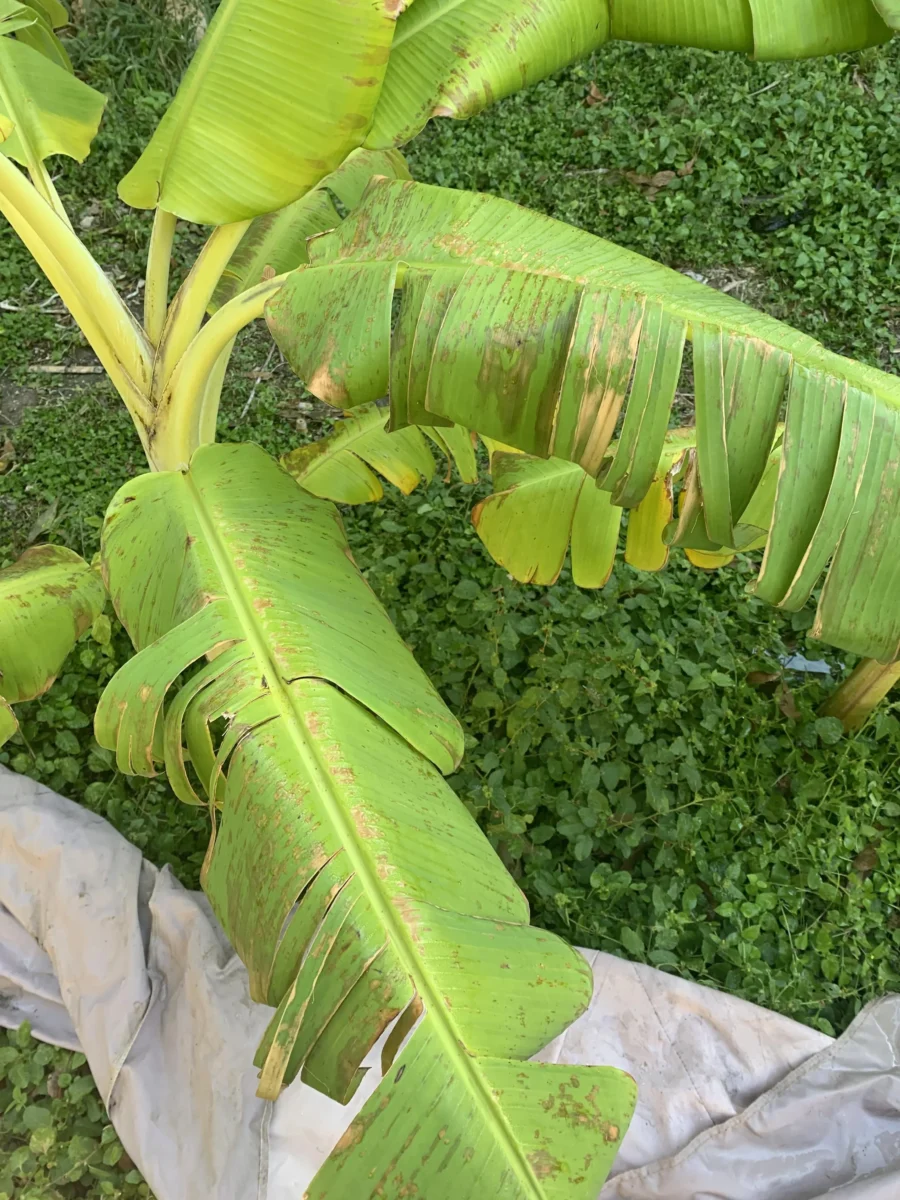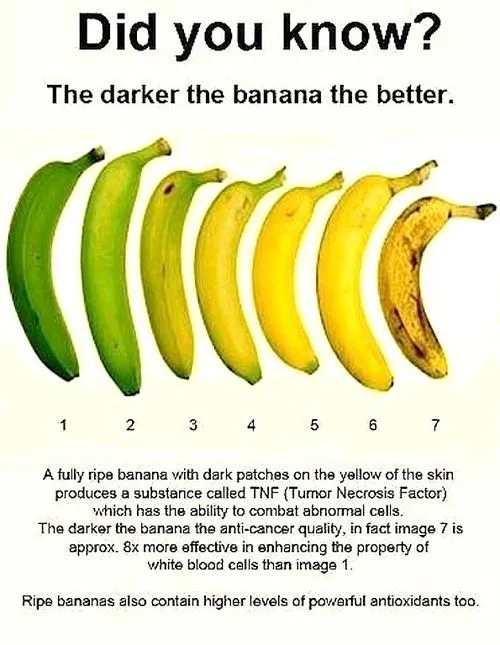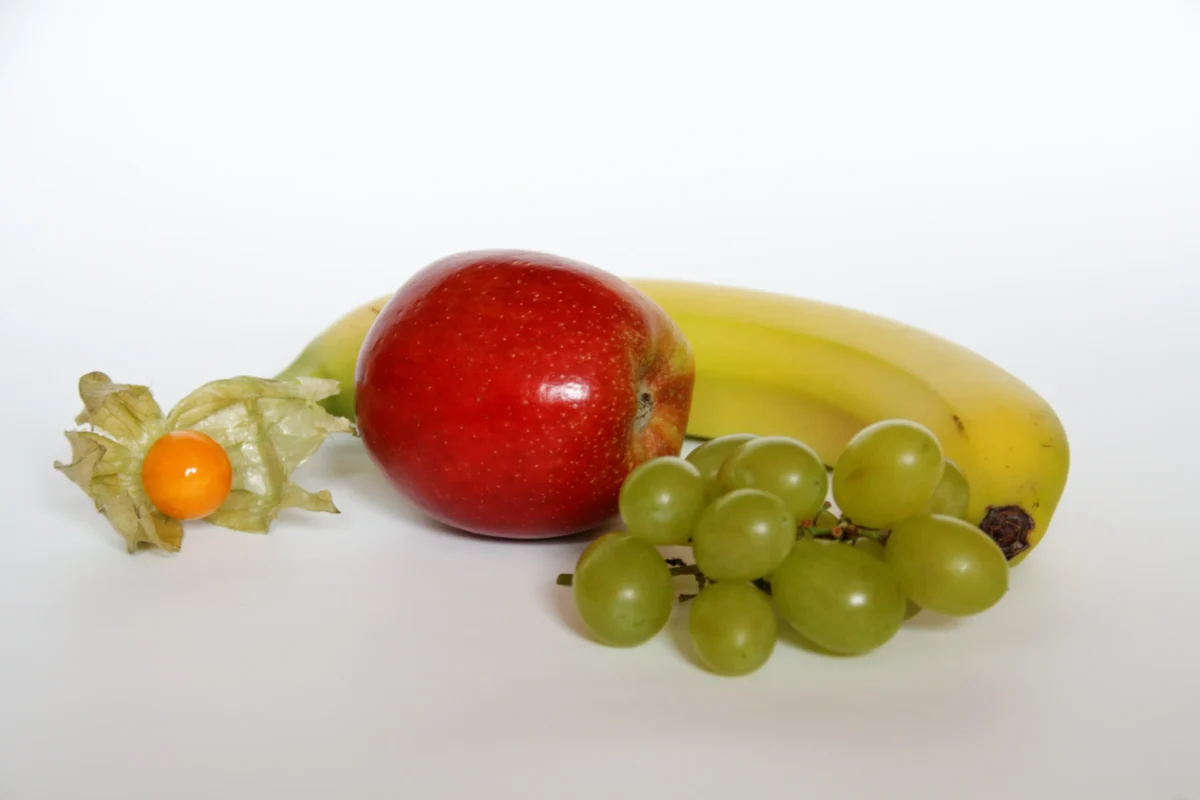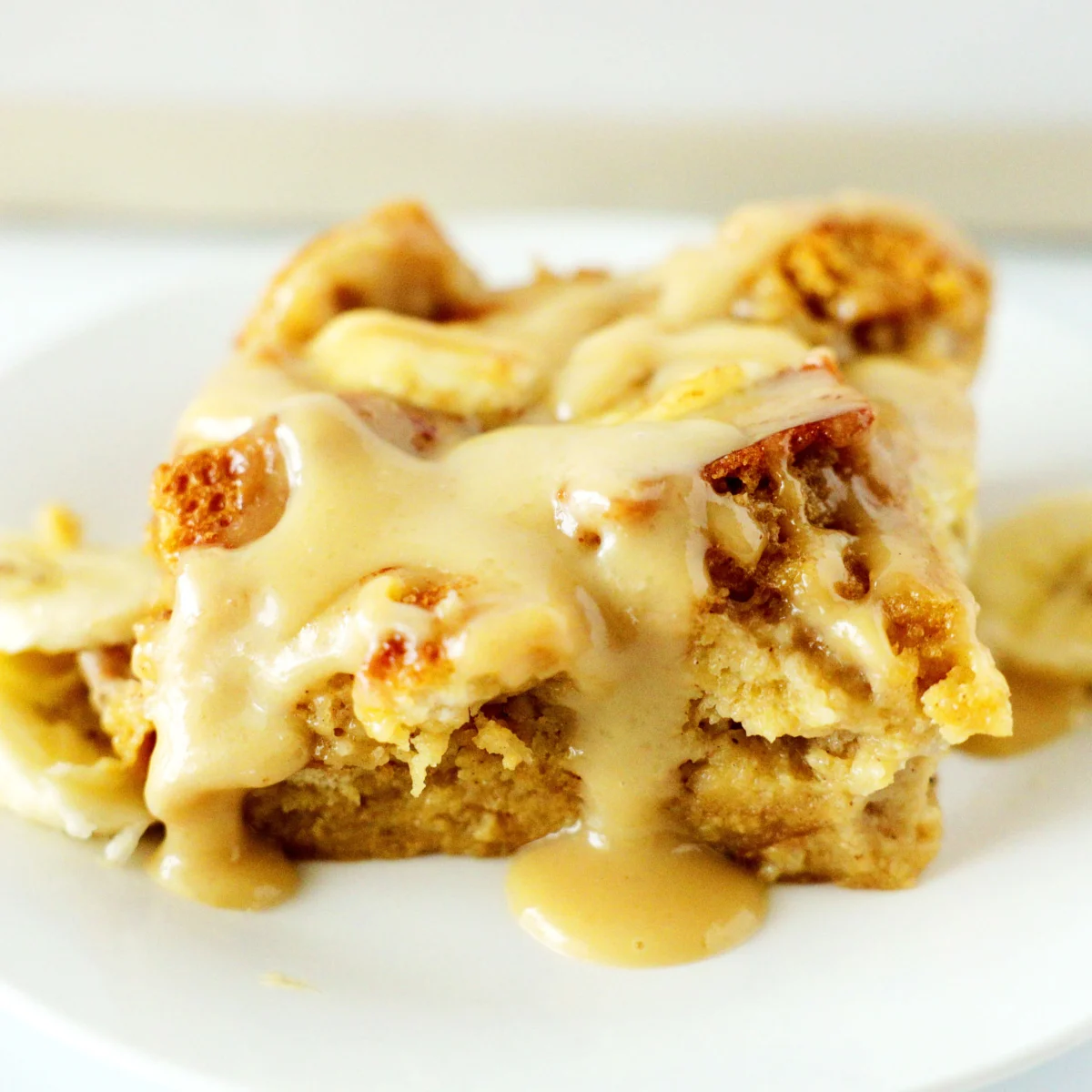Bananas are a popular and delicious fruit enjoyed around the world. However, not everyone knows that there are actually multiple types of banana trees. If you`re curious about identifying what type of banana tree you have, this article will provide the information you need to get started.
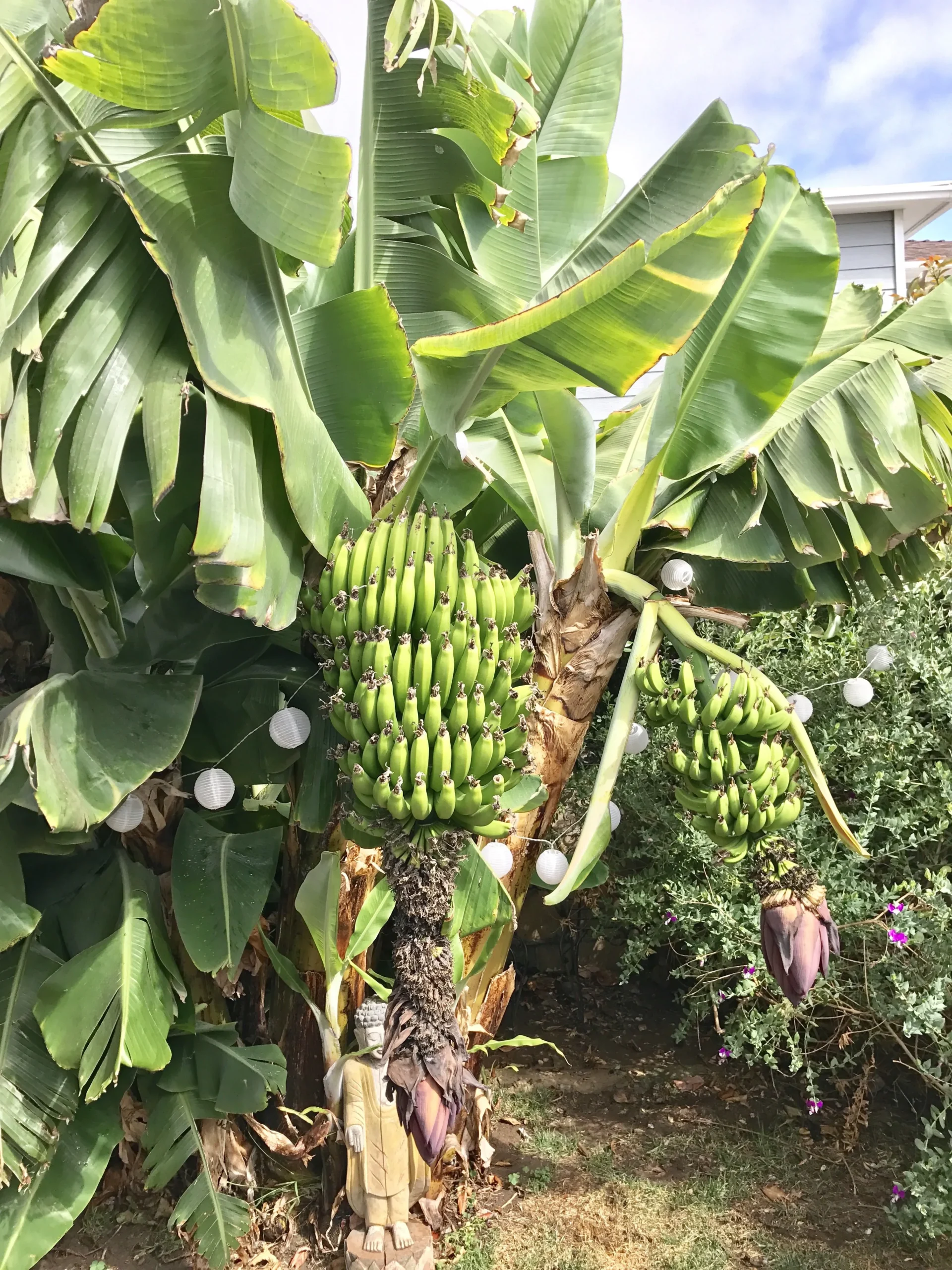
We’ll cover the different types of banana trees, how to identify the type you have, the characteristics of each type, and how to care for your specific banana tree. Whether you`re a seasoned banana enthusiast or just getting started, the information in this article will be valuable knowledge to have. So keep reading to learn more about the different types of banana trees and how to care for them.
What are the different types of banana trees?
Banana trees are a fascinating and diverse group of plants that are known for their delicious fruit and unique aesthetics. There are over 1,000 varieties of banana trees, each with their own distinct characteristics and uses.

One of the most common types of banana tree is the Cavendish. This variety is known for its sweet taste and is commonly used in commercial production. Another popular type is the Dwarf Cavendish, which grows smaller than other varieties but still produces plenty of fruit.
For those looking for something a bit more exotic, there’s the Red Banana. This variety has a striking red color and a slightly sweeter flavor compared to other types. The Blue Java, also known as the Ice Cream Banana, has a creamy texture and flavor that resembles vanilla ice cream.
There are also plantain bananas, which are typically used in cooking rather than eaten raw. The Harton Plantain is one such example – it’s often boiled or fried to make dishes like Tostones or Mofongo.
No matter what type of banana tree you encounter, they all share one thing in common: they’re an important source of food around the world. By learning about different types of banana trees and their uses, we can gain a greater appreciation for this versatile plant and all it has to offer.
How can I identify the type of banana tree I have?
Banana trees are a staple in many tropical regions across the globe, and there are hundreds of different varieties. Identifying the specific type of banana tree you have can be a challenge, but it’s also an essential step in understanding how to care for it properly.
The first thing to look at is the size of the fruit. Some banana trees produce small, sweet fruits that are perfect for snacking on, while others grow large, starchy fruits that are better suited for cooking. The shape and color of the fruit can also give clues as to its variety.
Another key factor to consider when identifying your banana tree is its overall size and shape. Some varieties grow tall and slender with long leaves that droop downwards, while others have short stalks with wide leaves that fan outwards like an umbrella.
One lesser-known method for identifying banana trees is by examining their flowers. Each variety has unique flowers that can range from pale yellow to deep red in color. The arrangement of these flowers can also vary greatly from one type of banana tree to another.
Finally, it’s important to note any distinctive features or markings on your plant’s leaves or stems. These may include patterns or spots on the leaf surface or variations in stem thickness and texture.
By taking all these factors into account, you’ll be well-equipped to identify the type of banana tree you have and provide it with proper care so it thrives for years to come.
The characteristics of each type of banana tree are.

Banana trees come in a variety of shapes and sizes, each with their own unique characteristics. The Cavendish banana, for example, is known for its smooth, yellow skin and sweet flavor. This type of banana tree is popular in commercial farming due to its resistance to disease.
On the other hand, the Red banana tree has a reddish-purple skin and a slightly tart taste. It’s often used in desserts or eaten as a snack due to its high sugar content. This type of banana tree is typically found in tropical regions such as South America.
The Plantain banana tree produces fruit that is larger and less sweet than traditional bananas. Plantains are often used in cooking due to their starchy texture and ability to hold up well under heat. They are commonly found in Caribbean and African cuisine.
Lastly, the Blue Java banana tree produces bananas with a unique blue tint when unripe and have been described as having an ice cream-like texture when ripe. These bananas are native to Southeast Asia but can now be found growing throughout other parts of the world.
Understanding the characteristics of each type of banana tree can not only help individuals choose which variety they prefer but also assist farmers in selecting which types will thrive best under certain growing conditions. With this knowledge, we can continue to appreciate this delicious fruit while also supporting sustainable agricultural practices around the world.
How to care for your specific banana tree?
Caring for your specific banana tree requires a delicate touch and attention to detail. With thousands of varieties of bananas, it’s important to understand the unique needs of your particular plant.

First and foremost, ensure that your banana tree is planted in well-draining soil with plenty of organic matter. Bananas thrive in warm, tropical environments and require consistent moisture levels to grow successfully.
Regular fertilization is also critical for healthy banana trees. Use a balanced fertilizer with high potassium content every four to six weeks during the growing season. As the fruit develops, reduce nitrogen levels in the soil to promote better quality fruit.
Pruning is another essential aspect of caring for banana trees. Remove any dead or damaged leaves as soon as possible and prune back any suckers that emerge from the base of the plant. This will help focus energy on developing strong trunks and healthy fruit clusters.
Lastly, be mindful of pests and diseases that can threaten your banana tree’s health. Common issues include spider mites, nematodes, fungal infections, and bacterial wilt. Regular inspection will help you catch potential problems early on before they become major issues.
With proper care and attention, your specific banana tree can provide years of delicious fruit harvests while adding tropical beauty to your garden or home environment!
Check out our other articles to find out even more about banana.
There are a wide variety of banana trees you could own, and each type has unique characteristics and care requirements. With an understanding of the different types of banana trees—and how to identify your specific one—you’ll be able to provide the right environment for it in order to ensure its health and growth. Check out our other articles to find out even more about bananas!







